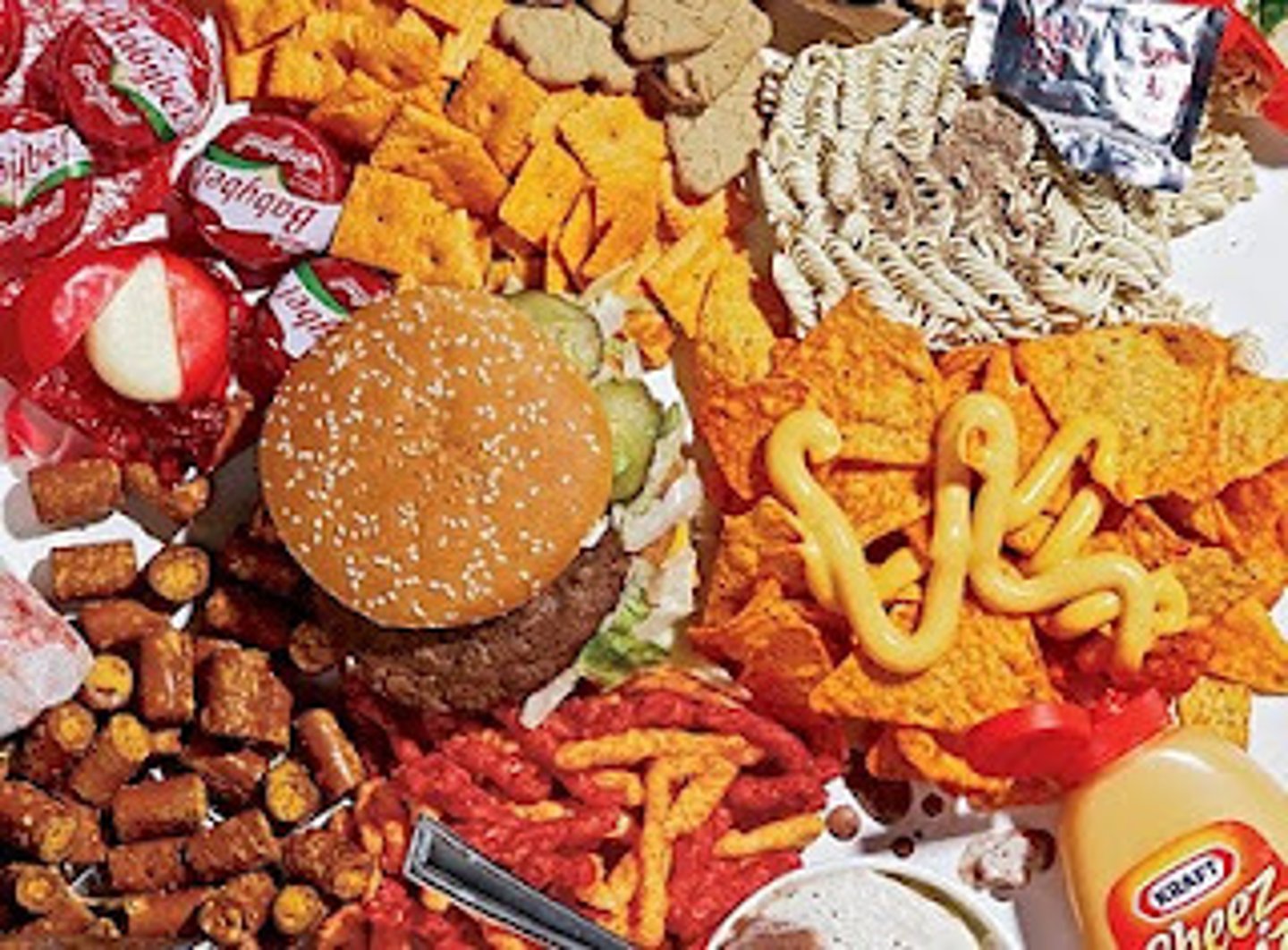6.4.2 Control of blood glucose concentration
1/16
There's no tags or description
Looks like no tags are added yet.
Name | Mastery | Learn | Test | Matching | Spaced |
|---|
No study sessions yet.
17 Terms
factors influencing blood glucose concentration (2)
1. consumption of carbohydrates - glucose can absorb into blood
2. rate of respiration of glucose - during exercise, glucose will be used in respiration to release more energy for muscle contraction
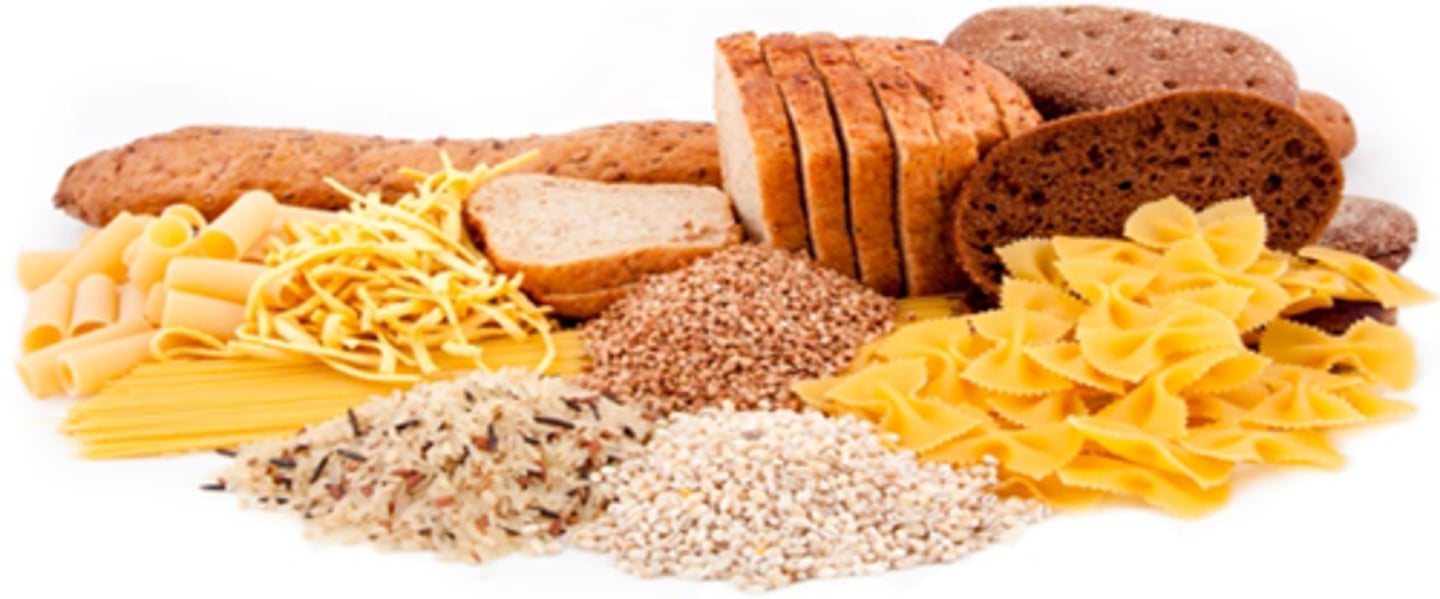
glycogenesis
converts glucose to glycogen
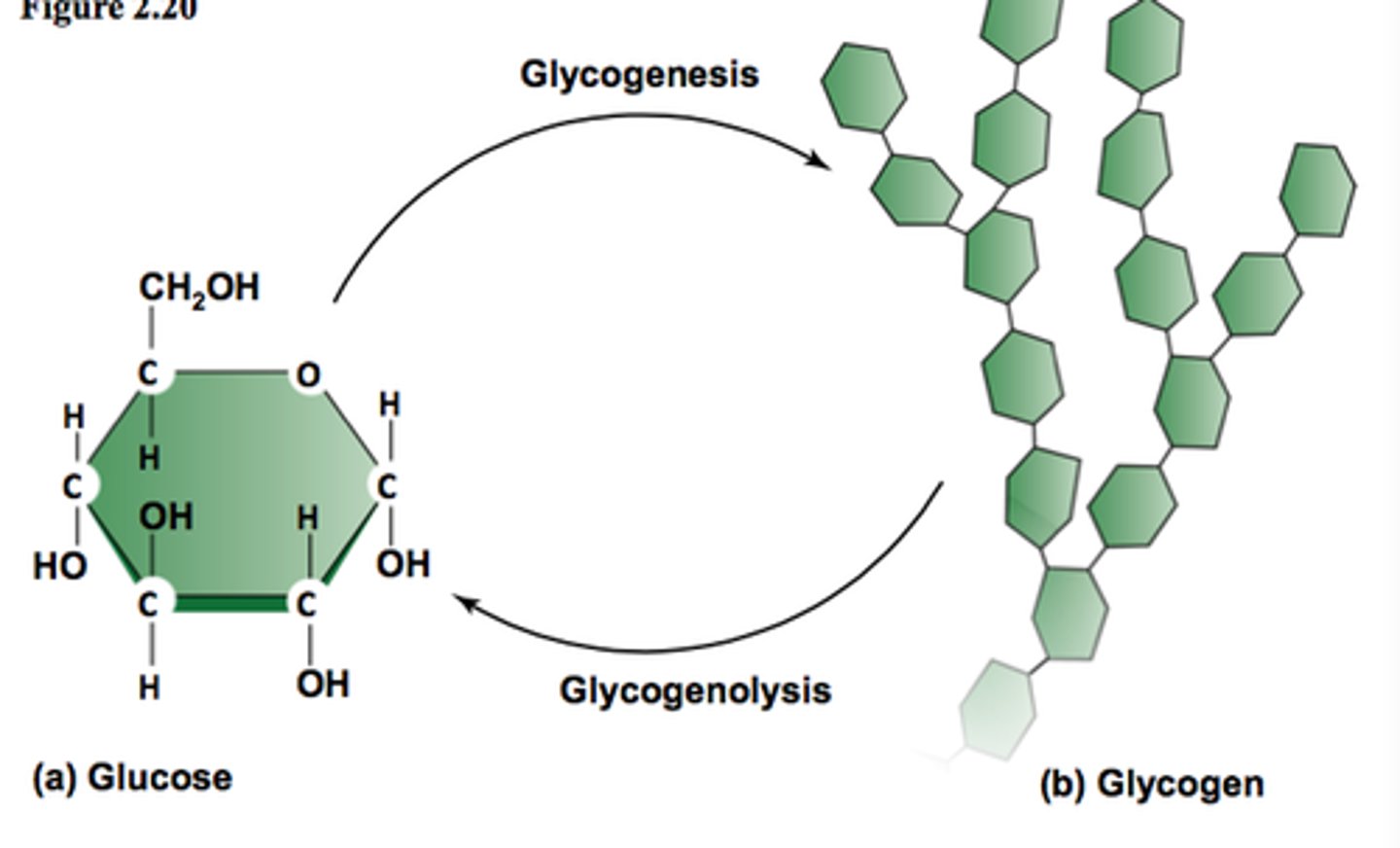
glycogenolysis
hydrolysis of glycogen to glucose
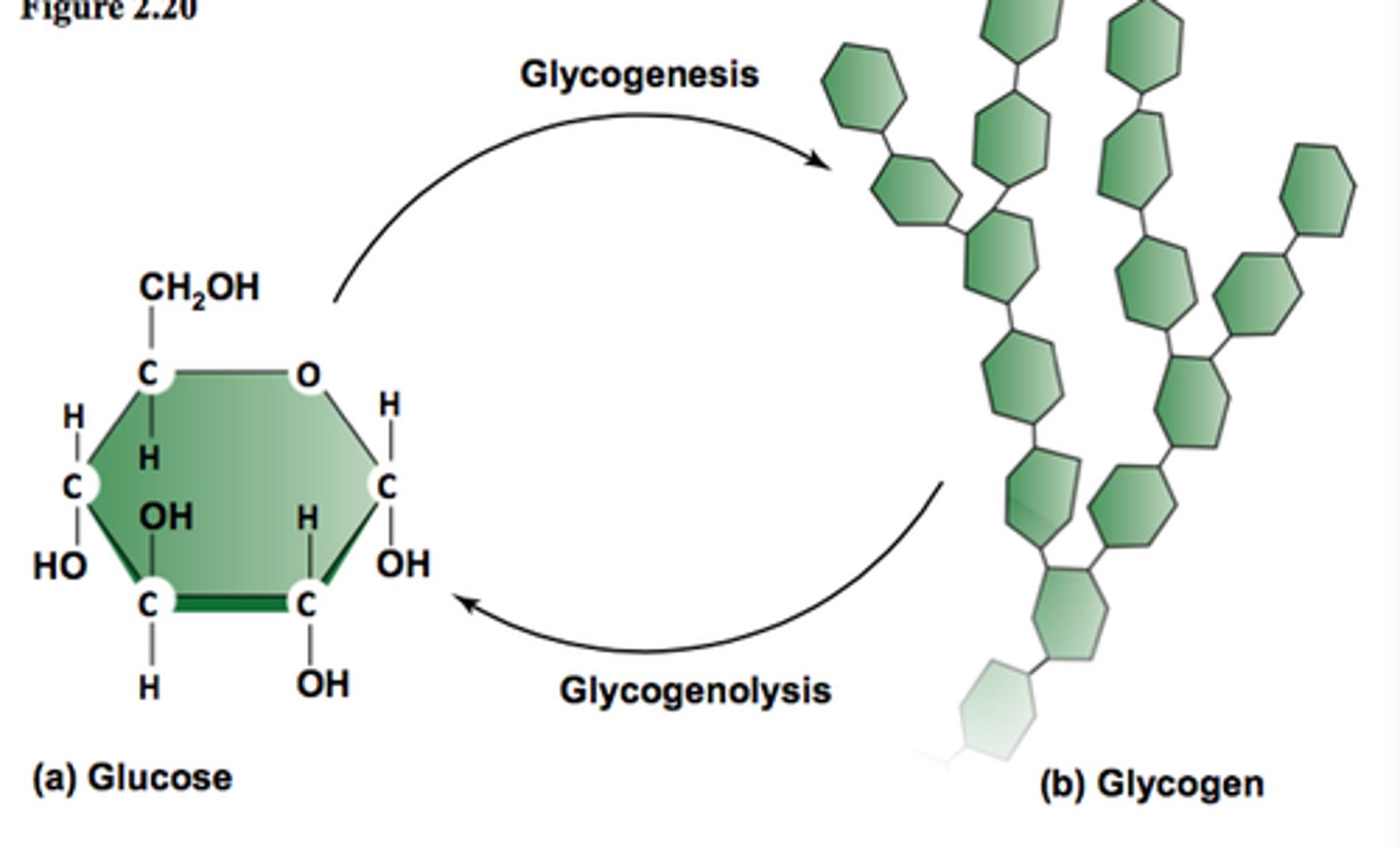
gluconeogenesis
converts non-carbohydrates eg. amino acids or glycerol to glucose
explain the action of insulin in blood glucose control (5)
1. beta cells in islets of Langerhans in pancreas detect blood glucose concentration is too high and secrete insulin
2. insulin binds to specific complementary receptors on cell surface membranes of target cells (liver and muscle cells)
3. this causes more glucose transport proteins (GLUT4) to be included in the cell surface membrane, increasing permeability to glucose, so more glucose enters via facilitated diffusion
4. binding of insulin also activates enzymes involved in glycogenesis. This lowers glucose concentration inside cells, creating a concentration gradient so more glucose enters cell by facilitated diffusion from blood.
5. increases cell's rate of respiration of glucose

explain the action of glucagon in blood glucose control (5)
1. alpha cells in islets of Langerhans in pancreas detect blood glucose concentration is too low and secrete glucagon
2. glucagon binds to specific complementary receptors on cell surface membranes of target cells (liver)
3. this activates enzymes involved in glycogenolysis and gluconeogenesis
4. this increases glucose concentration inside cells, creating s concentration gradient so more glucose leaves the cells into blood via facilitated diffusion
5. decreases cell's rate of respiration of glucose
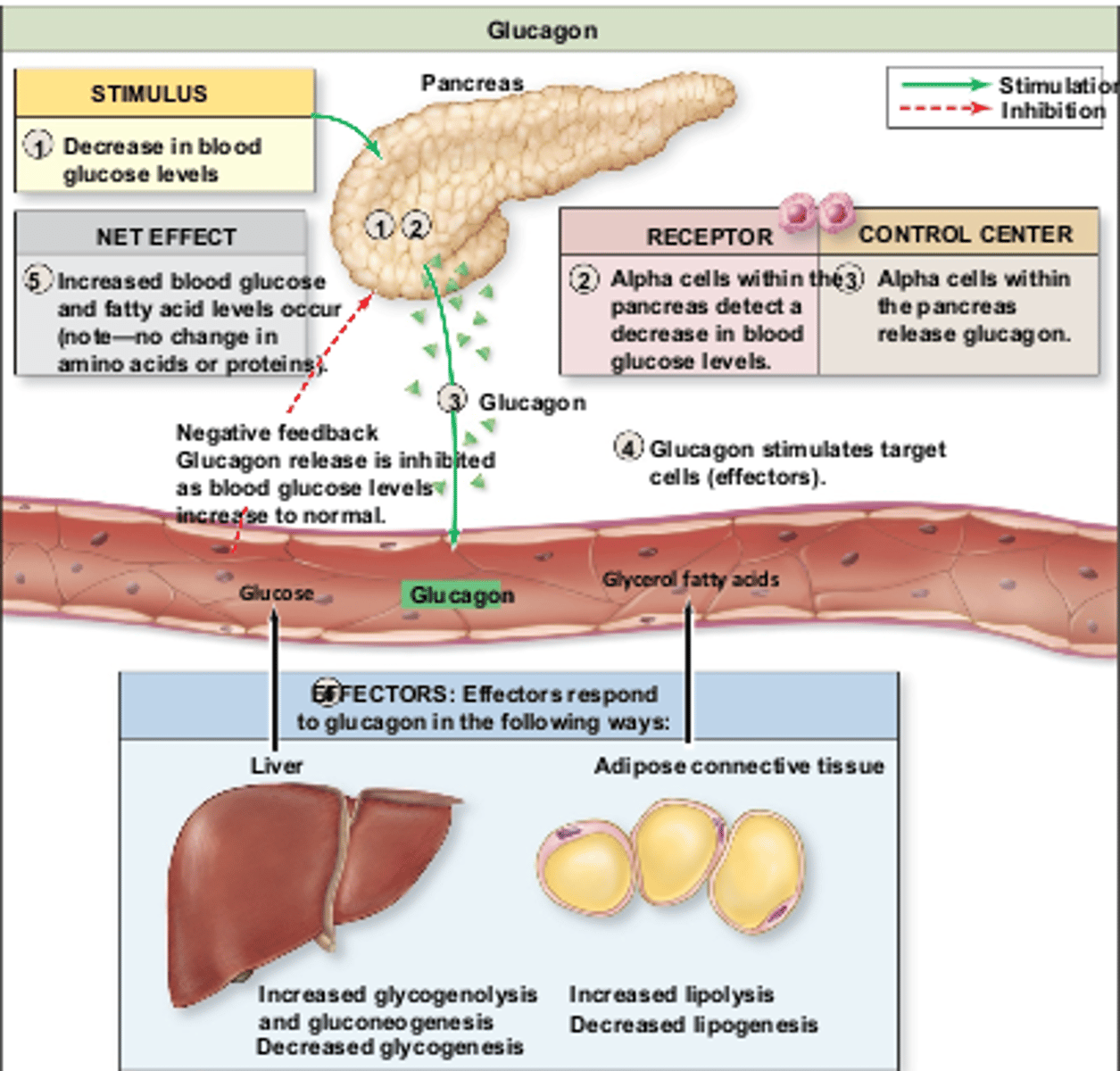
explain the role of adrenaline in blood glucose control (4)
1. adrenal glands secrete adrenaline when you are stressed, experiencing fear or exercising, in order to make more glucose available for muscles to respire
2. adrenaline binds to specific complementary receptors on cell surface membranes of target cells (liver)
3. this activates enzymes involved in glycogenolysis, which increases glucose concentration inside cells, creating a concentration gradient so more glucose leaves the cells into blood via facilitated diffusion
4. adrenaline also inhibits glycogenesis and insulin secretion
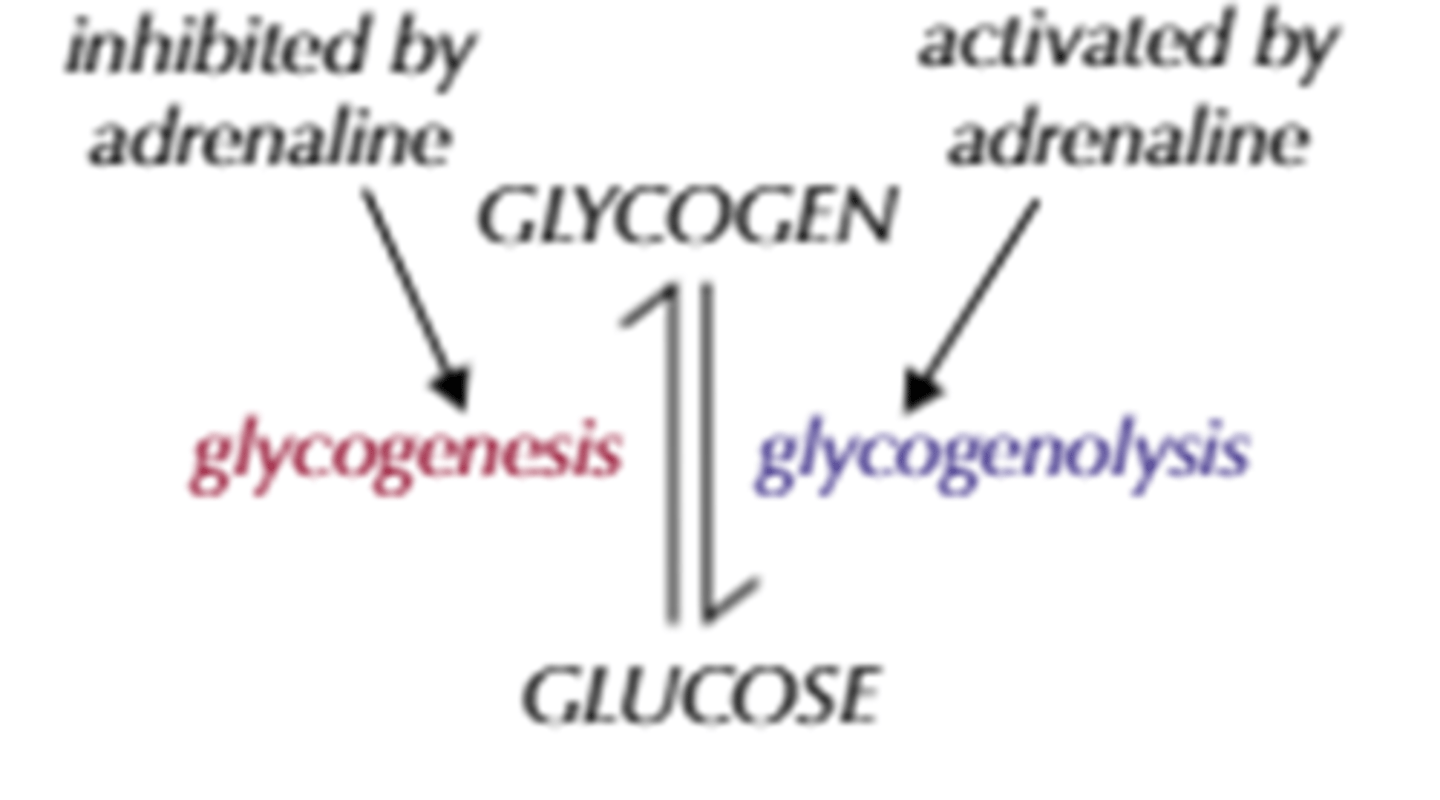
describe the second messenger model of adrenaline and glucagon action
- both adrenaline and glucagon will activate 𝐠𝐥𝐲𝐜𝐨𝐠𝐞𝐧𝐨𝐥𝐲𝐬𝐢𝐬 inside a cell, despite only binding to receptors on the outside of cell
1. adrenaline/glucagon are "first messengers" , binding to specific complementary receptors on cell surface membrane
2. this activates the enzyme 𝐚𝐝𝐞𝐧𝐲𝐥𝐚𝐭𝐞 𝐜𝐲𝐜𝐥𝐚𝐬𝐞
3. adenylate cyclase converts many ATP into many cyclic AMP (cAMP)
4. cAMP acts as the "secondary messenger", activating the 𝐩𝐫𝐨𝐭𝐞𝐢𝐧 𝐤𝐢𝐧𝐚𝐬𝐞 enzyme
5. protein kinase activates other enzymes to hydrolyse glycogen to glucose (glycogenolysis)

what is the advantage of the second messenger model?
- it rapidly amplifies the signal from the hormone
- each hormone can stimulate production of many molecules of second messenger (cAMP) which can in turn activate many enzymes for rapid increase in glucose
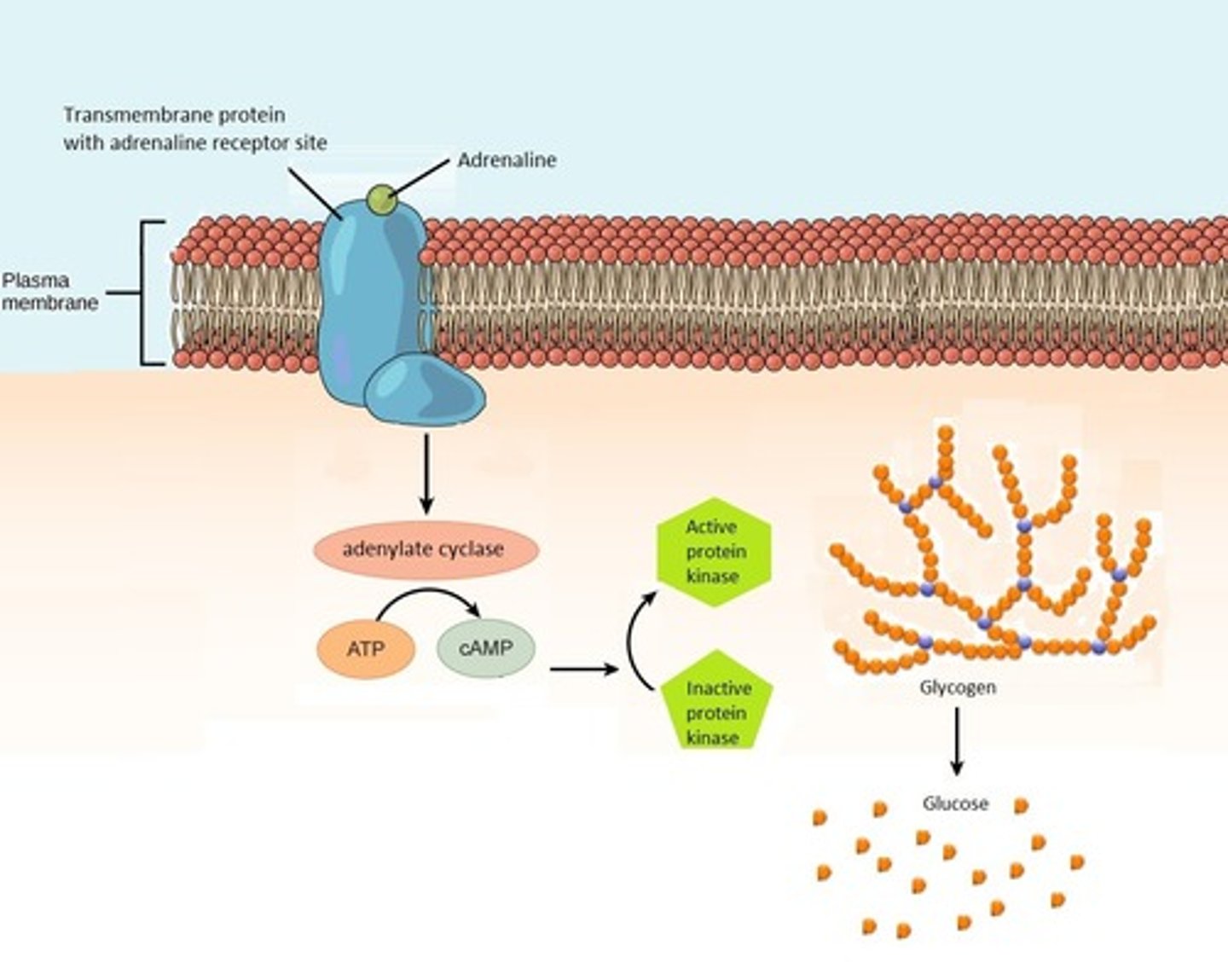
diabetes
- a condition where blood glucose concentration is uncontrolled and higher than normal
- can be type I or II
- observe high peaks after meals which remain high
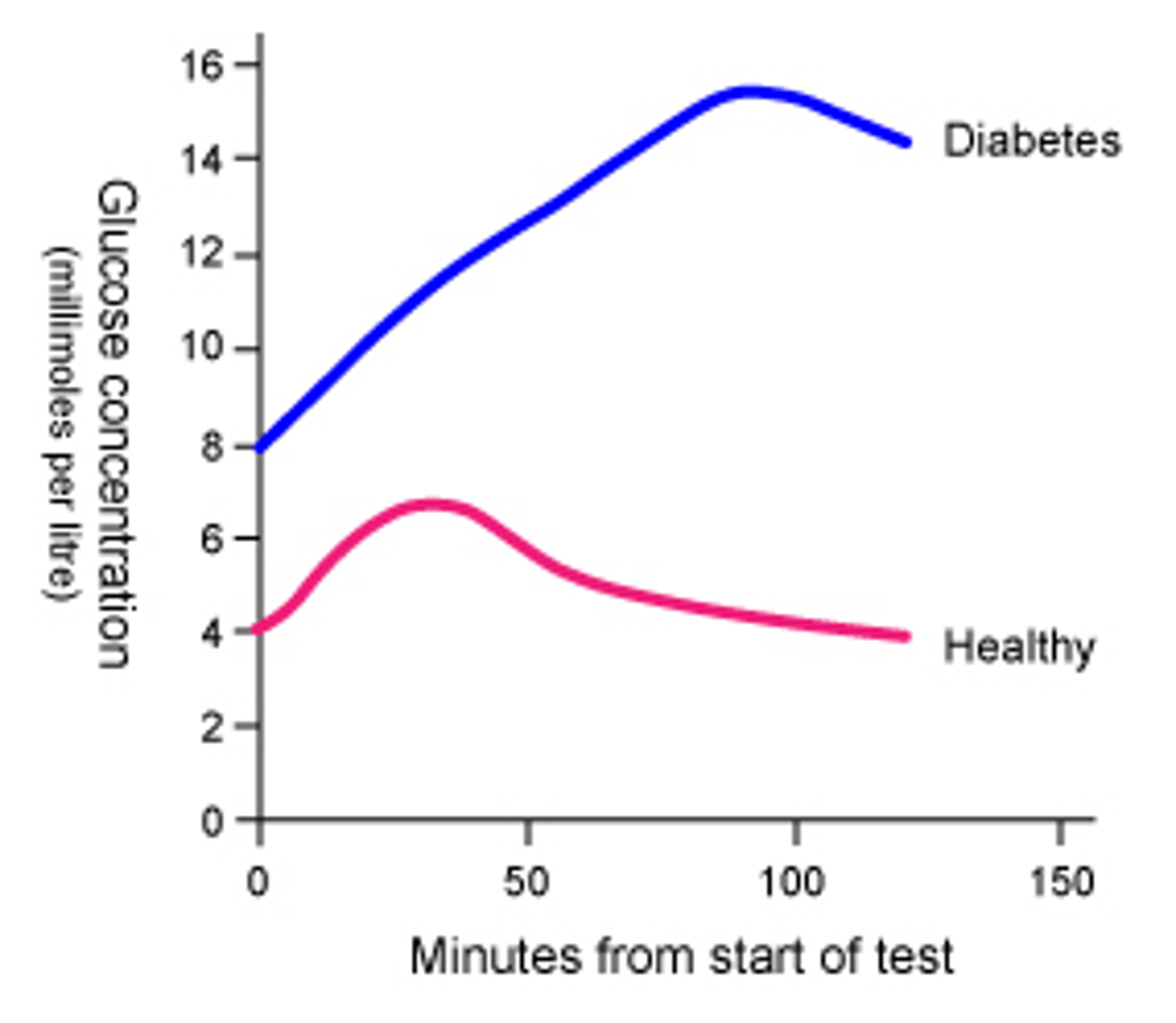
common symptoms of diabetes
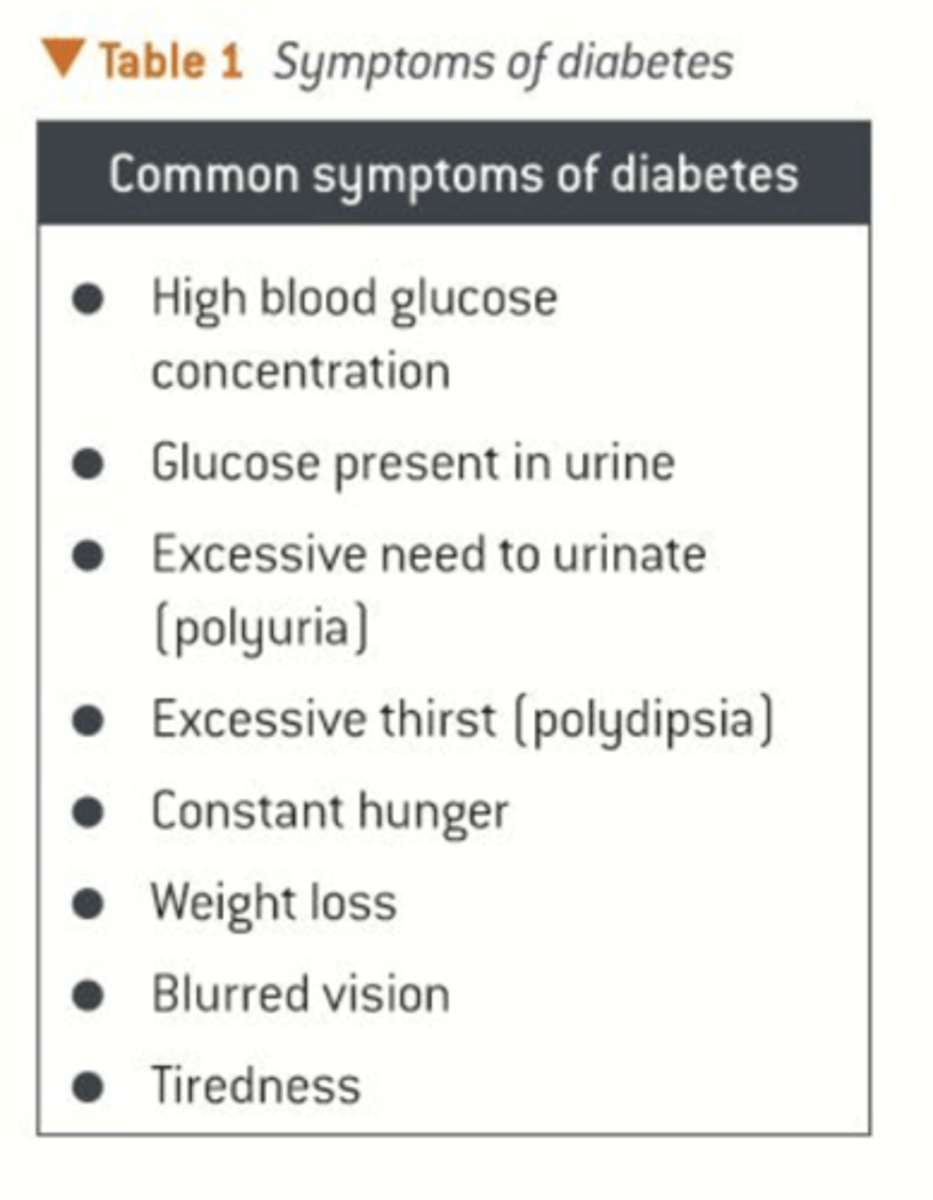
compare the causes of type 1 and 2 diabetes
Type 1:
- beta cells in islets of langerhans in pancreas produce 𝐢𝐧𝐬𝐮𝐟𝐟𝐢𝐜𝐢𝐞𝐧𝐭 𝐢𝐧𝐬𝐮𝐥𝐢𝐧
- develops in childhood due to an 𝐚𝐮𝐭𝐨𝐢𝐦𝐦𝐮𝐧𝐞 𝐫𝐞𝐬𝐩𝐨𝐧𝐬𝐞 which destroys beta calls
Type 2:
- the 𝐫𝐞𝐜𝐞𝐩𝐭𝐨𝐫𝐬 𝐨𝐧 𝐭𝐚𝐫𝐠𝐞𝐭 𝐜𝐞𝐥𝐥𝐬 𝐥𝐨𝐬𝐞 𝐫𝐞𝐬𝐩𝐨𝐧𝐬𝐢𝐯𝐞𝐧𝐞𝐬𝐬 to insulin
- this means fewer glucose transport proteins can be included, so less uptake of glucose and less glycogenesis
- occurs later in life with main risk factors being obesity, poor diet, lack of exercise and age
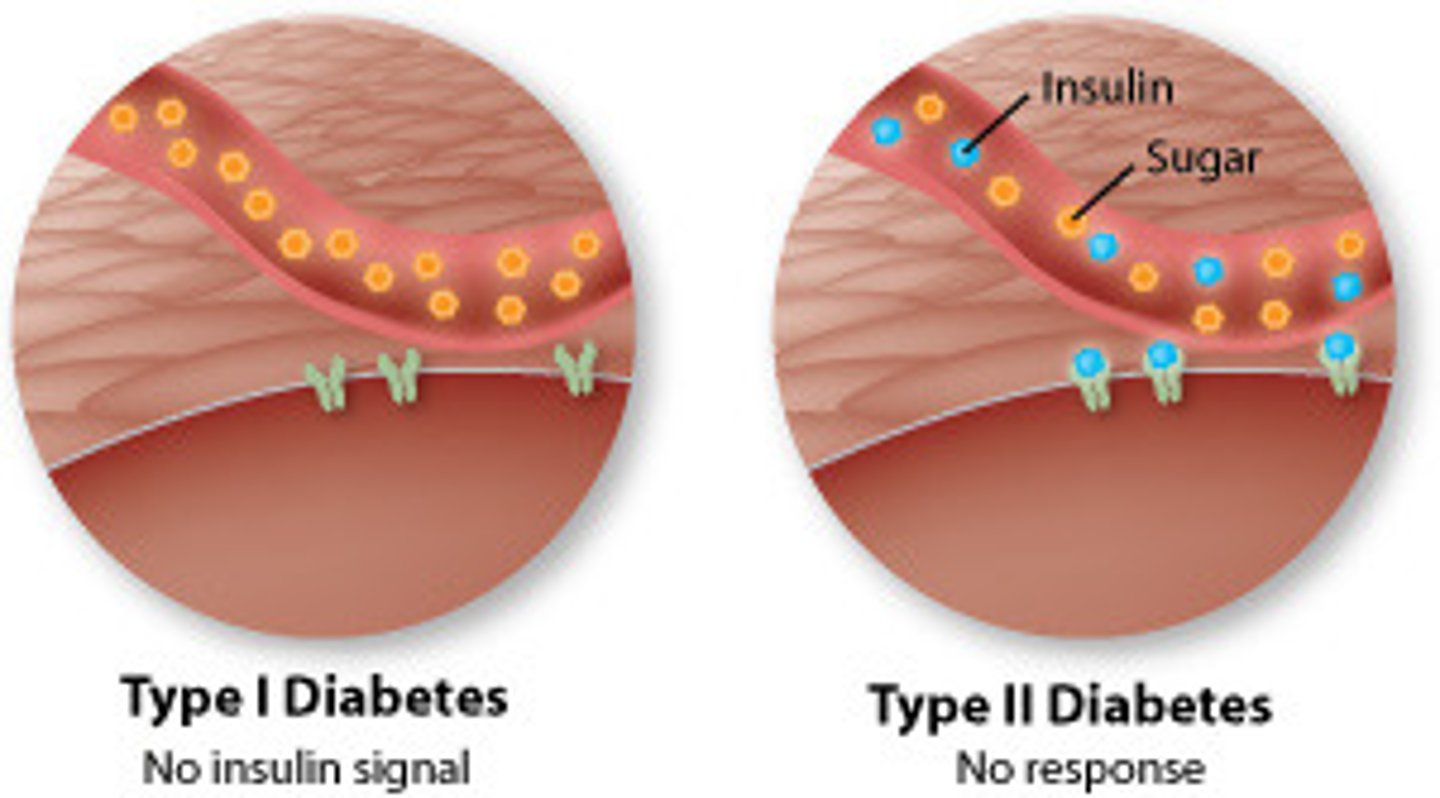
describe how type 1 diabetes can be controlled
- insulin injections
- careful diet; controlling carbohydrates intake to avoid sudden rise in glucose
- regular monitoring with biosensors so dose of insulin is matched to glucose intake
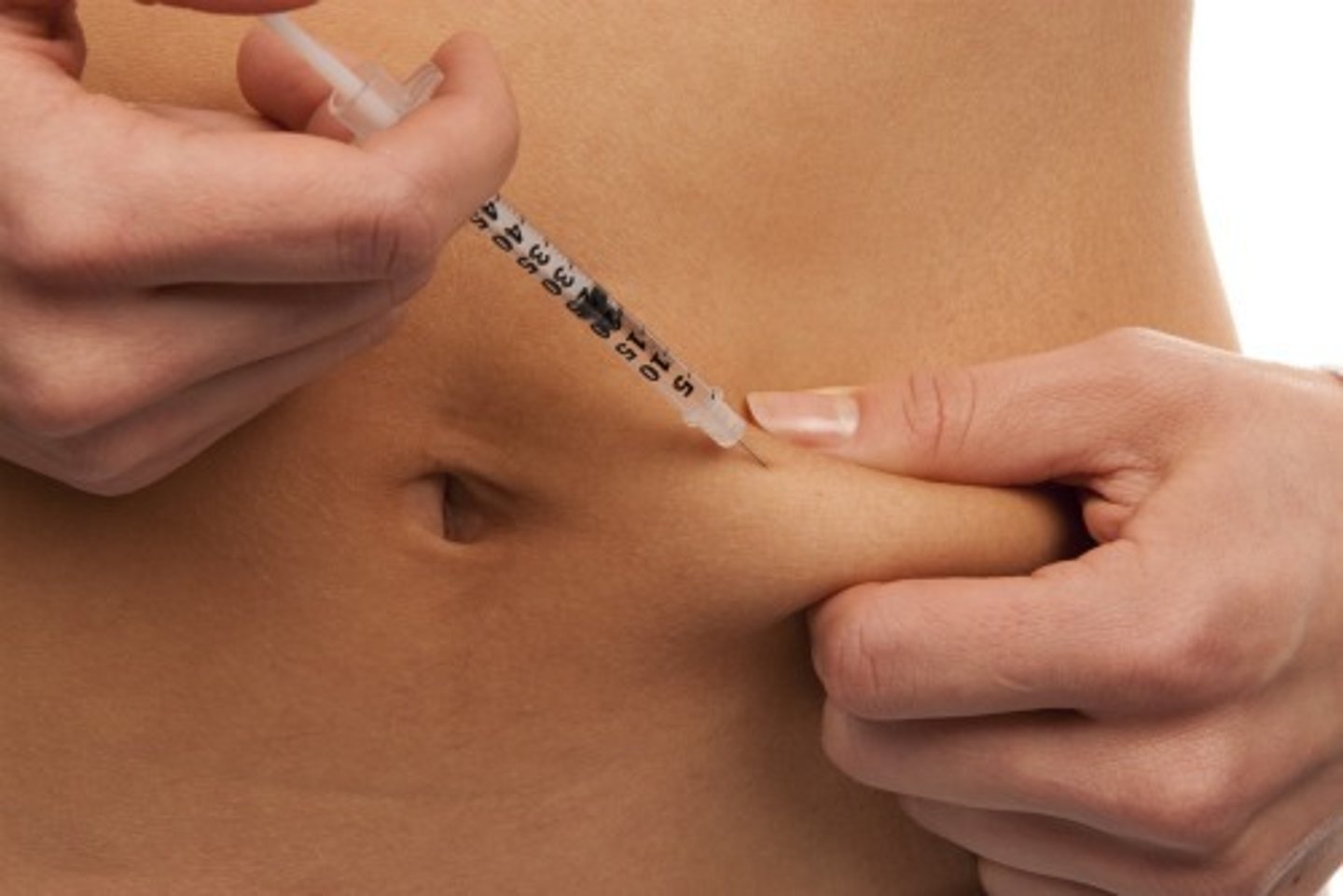
why can't insulin be taken as a tablet by mouth?
insulin is a protein so would just be hydrolysed by endopeptidases and exopeptidases
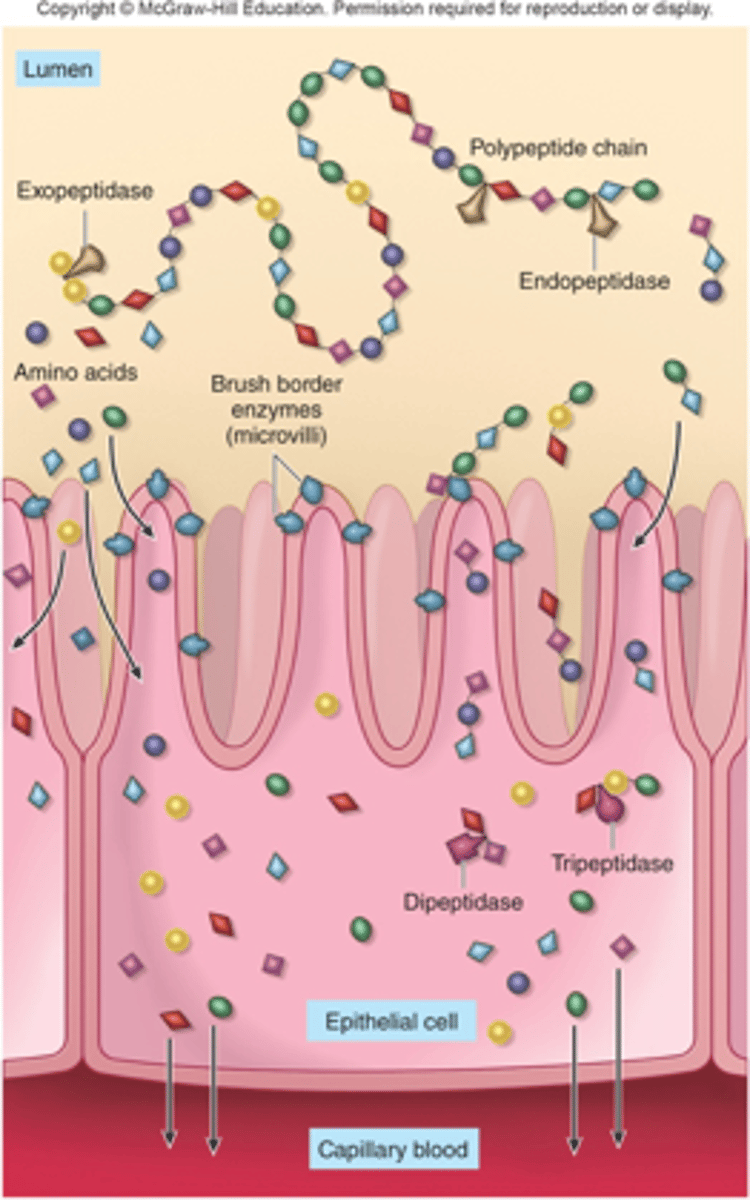
describe how type 2 diabetes can be controlled
- reduced carbohydrate/sugar intake
- reduced fat intake
- regular exercise
- weight loss
- medication/drugs which try increase the sensitivity of insulin receptors so more glucose can be uptakes by target cells
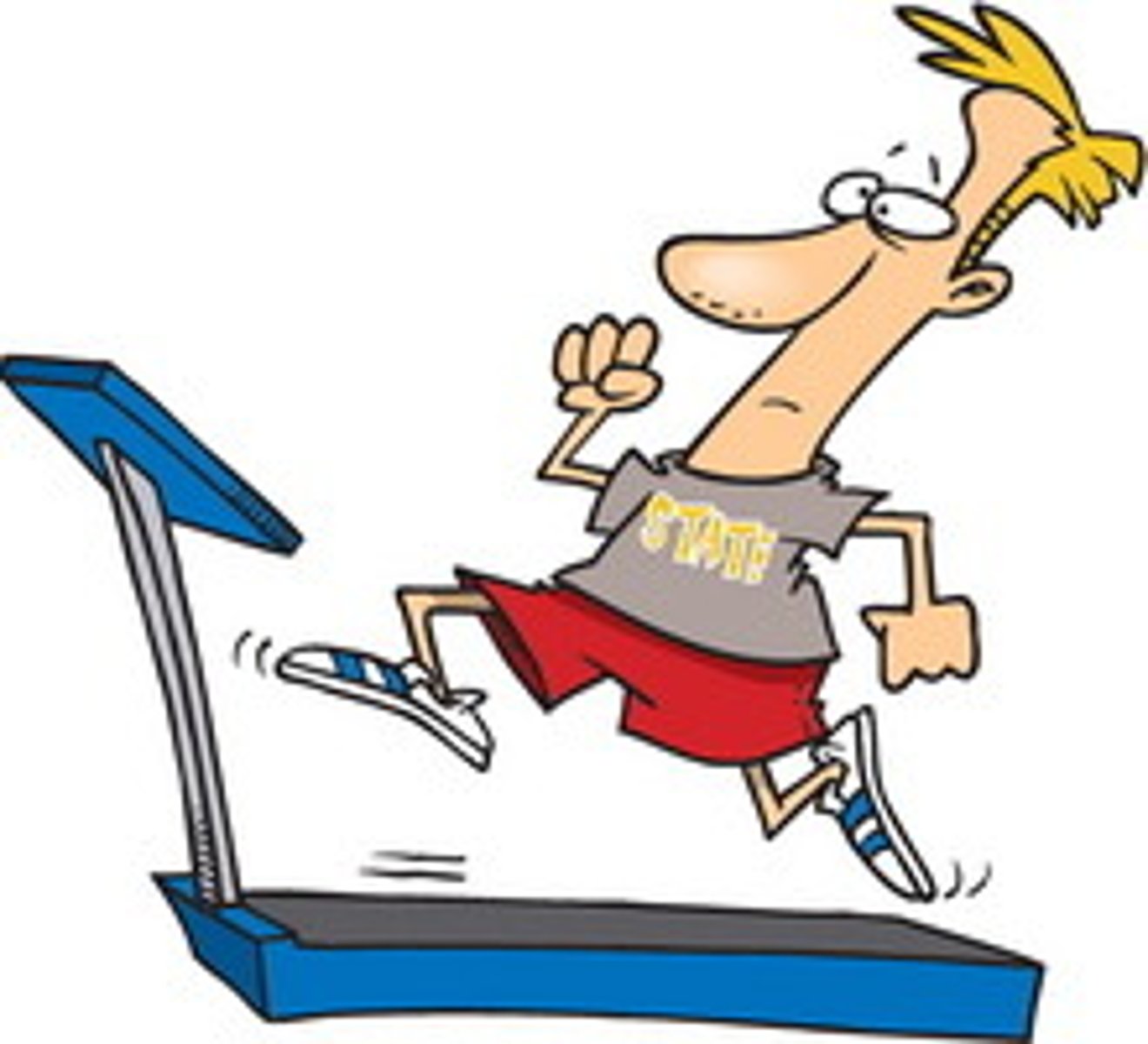
would a pancreas transplant be more beneficial for type 1 or 2 diabetics?
type 1 diabetics because they are insulin dependent whereas type 2 diabetics still may produce insulin but have receptors on target cells that are less responsive
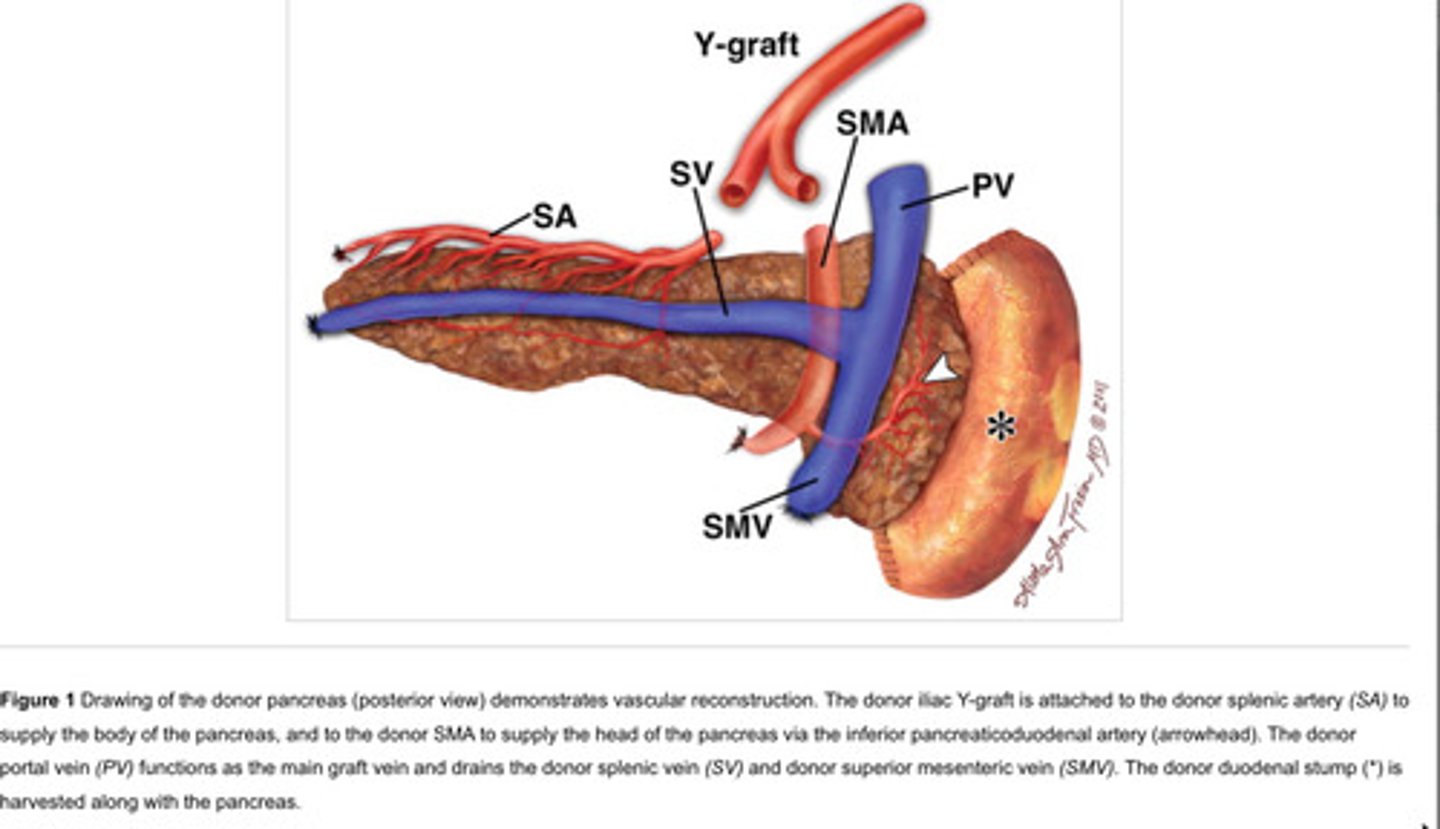
Describe how you can evaluate the positions of health advisers and the food industry in relation to the increased incidence of type II diabetes
● Health advisers
- aim to reduce risk of type II diabetes due to health problems caused (eg. kidney failure)
- so will recommend healthy balanced diet, exercise and want to reduce obesity as these are major risk factors
● Food industry
- aim to maximise profit
- are recently being pressured to reduce their advertising of junk food, improve nutritional value of products and use clearer labelling so consumers can make healthier choices
